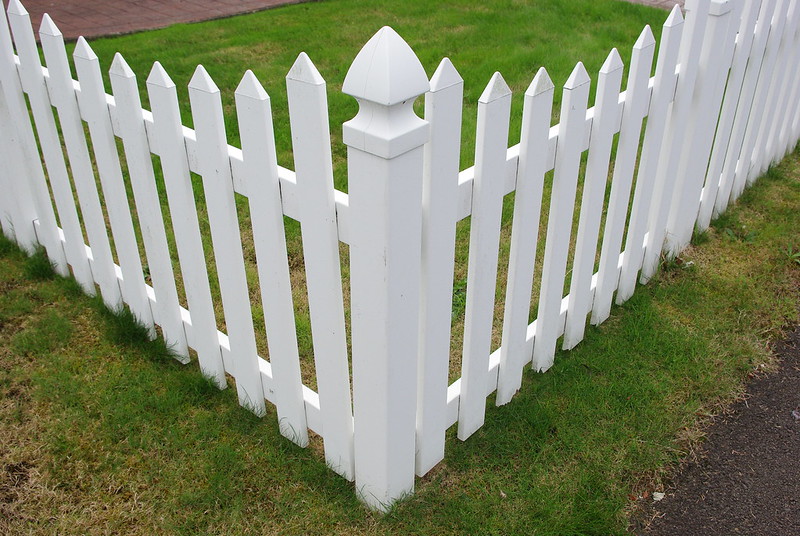Fencing installation is a skilled job that requires precision, patience, and a keen understanding of both the materials at hand and the needs of the client. Whether you’re a seasoned fencing installer or just starting out, here are 20 professional tips to ensure your work stands out in quality and durability.
1. Understand the Purpose
Before starting any project, discuss with your client the primary purpose of the fence. Is it for privacy, security, aesthetics, or a mix? This understanding will guide material and design choices.
2. Get the Right Permits
Ensure you’re familiar with local zoning laws and acquire the necessary permits before starting. This prevents legal complications and potential rework.
3. Survey the Land
Always conduct a thorough land survey. Check for underground utilities and mark them clearly to avoid dangerous and costly mistakes.
4. Choose Quality Materials
Invest in high-quality fencing materials that suit the project’s needs. This ensures longevity and reduces maintenance calls in the future.
5. Pre-Treat Wooden Fences
If working with wood, ensure it’s pre-treated to resist termites, rot, and weather-related wear. This prolongs the fence’s life and enhances its appearance.
6. Mind the Gap
When installing fences, account for the gaps under the fence. If the goal is to keep small animals out (or in), ensure the gap is minimal.
7. Use Proper Safety Gear
Safety first! Always wear appropriate safety gear, including gloves, safety glasses, and protective footwear. This not only safeguards you but also projects professionalism.
8. Plan for Drainage
Ensure that your fence installation doesn’t obstruct natural water flow. Plan for adequate drainage to prevent water buildup, which can damage the fence over time.
9. Stay Plumb and Level
Always check and re-check that your posts are plumb and the tops are level. This ensures a sturdy and aesthetically pleasing finish.
10. Set Posts with Care
Posts are the foundation of a fence. Set them in concrete and allow adequate curing time before attaching any panels or rails. If you aren’t sure how to do it yourself, fencing contractors located in Melbourne or your local area can help you out setting the posts.
11. Consider Expansion and Contraction
Different materials expand and contract with temperature changes. Account for this, especially with materials like vinyl, to prevent warping and damage.
12. Prioritize Privacy
If the primary aim is privacy, overlap or tongue-and-groove boards should be used to prevent gaps from appearing over time.
13. Offer Customization
Stand out by offering custom features, such as built-in planters, seating, or decorative post caps. This adds value and personalizes the installation.
14. Educate Clients on Maintenance
Once the installation is complete, provide clients with maintenance tips to extend the fence’s life. This proactive approach can also generate future business.
15. Invest in Professional-grade Tools
High-quality tools not only improve efficiency but also ensure precision and reduce the chances of material wastage.
16. Double-check Gate Installation
Gates are the most frequently used part of any fence. Ensure they’re well-balanced, swing smoothly, and are equipped with durable hardware.
17. Keep Up with Industry Trends
Stay updated on the latest materials, tools, and installation techniques. Continuous learning will set you apart from competitors.
18. Build Relationships with Suppliers
Establishing good relationships with material suppliers can get you discounts, priority deliveries, and insights into new products.
19. Offer a Warranty
Back your work with a warranty. This instills client confidence and can serve as a selling point.
20. Seek Feedback
After project completion, ask clients for feedback. This helps identify areas of improvement and can also lead to referrals.
The Art and Science Behind Fencing Installation
In the world of construction and landscaping, fencing stands out as a discipline that merges both art and science. While the above tips provide a technical roadmap for fencing installers, it’s equally important to delve into the philosophical underpinnings that make fencing more than just erecting boundaries.
Fencing is, at its core, a reflection of the homeowner’s personality and the installer’s craftsmanship. Every fence tells a story—whether it’s a white picket fence echoing classic suburban dreams or a sleek metal barrier symbolizing modern minimalism. For the installer, understanding this narrative is crucial. It’s not merely about placing posts and panels; it’s about sculpting a narrative in tandem with the landscape.
Furthermore, the essence of a fence goes beyond its physical presence. A well-installed fence can offer a sanctuary, demarcating a space where homeowners can retreat and be themselves. It can provide security, ensuring families sleep soundly at night. Or it can stand as a testament to design aesthetics, enhancing curb appeal and property value. In essence, the fence is both a shield and a showcase.
For fencing installers, this duality presents an exciting challenge. The task isn’t just about getting the measurements right or ensuring durability—though these are undeniably vital. It’s also about tapping into the vision of the homeowner and translating it into a tangible, lasting structure.
Moreover, the relationship between a fencing installer and the environment is symbiotic. The terrain dictates the installation approach, and in return, a well-constructed fence complements and respects the natural landscape.
Conclusion:
Fencing installation is a blend of technical prowess and artistic vision. By adhering to best practices, continuously upgrading skills, and placing client satisfaction at the forefront, fencing installers can build a strong reputation and a robust business.

Recent Comments